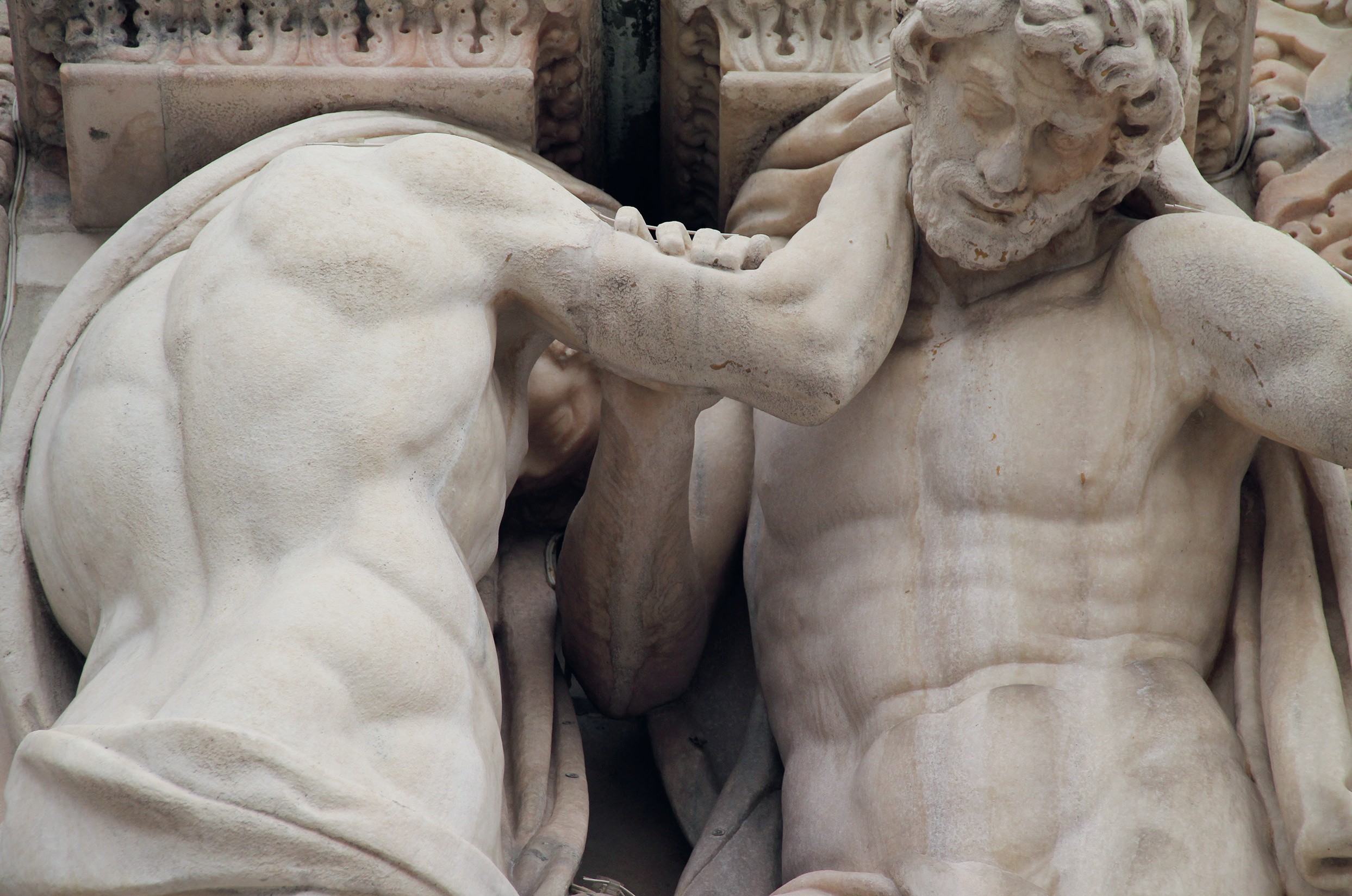
If Romantic poetry ‘begins’ with the French Revolution, with Blake, Wordsworth, Coleridge and the heady days of the 1790s, and evolves through a ‘second generation’ of Romantic writers, including Keats, Shelley and Byron, who wrestled with the legacy of their forebears in the volatile context of the early nineteenth century, then 1821, the year in which Keats died, takes us to Romantic poetry’s far margin. This anniversary article seeks to shine a light on this intriguing ‘late Romantic’ moment by considering three works of 1821 which share an interest in endings and their aftermath: an elegy by Shelley, a verse drama by Byron, and a narrative poem by Letitia Elizabeth Landon, whose writings were well known in the nineteenth century but have been neglected since.
Shelley’s ‘Adonais’ reworks the Adonis myth of a mortal lover of gods, gorged by a boar and reborn as an anemone to suggest the brutality of Keats’ early demise. In a preface to the poem Shelley blamed the poet’s death on the ‘savage criticism’ he had received in the periodical press, portraying him as a ‘sensitive spirit’ damaged by the ‘wound’ to his reputation. But Shelley’s portrait of the dead poet as a ‘pale flower’, ‘broken’ before his time, resonates less with historical fact than with Romantic myth, particularly the figure of the young poet, Thomas Chatterton, whose premature death had featured in poems by Wordsworth, Coleridge and Keats himself, for whom he was a ‘flow’ret’ felled by the ‘cold blasts’ (l. 8) of an ‘ungrate world’ (l. 12) (‘Sonnet to Chatterton’).
Your organisation does not have access to this article.
Sign up today to give your students the edge they need to achieve their best grades with subject expertise
Subscribe




